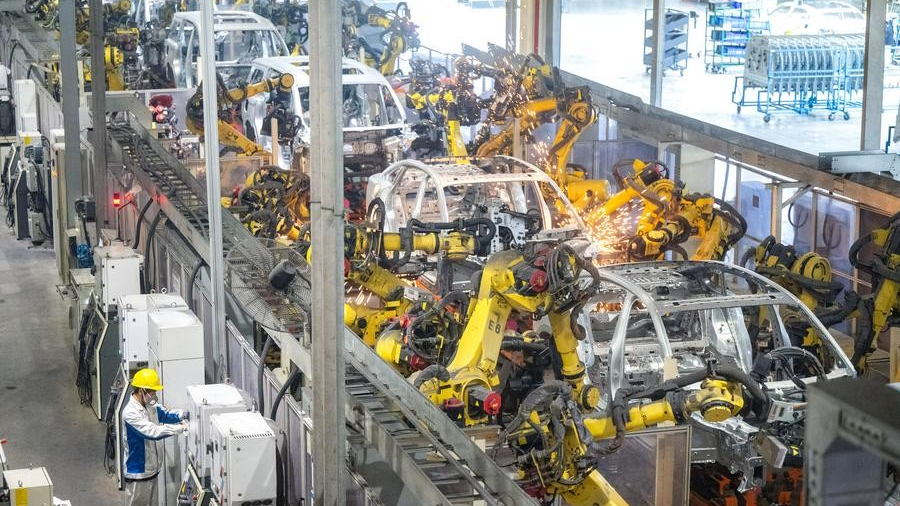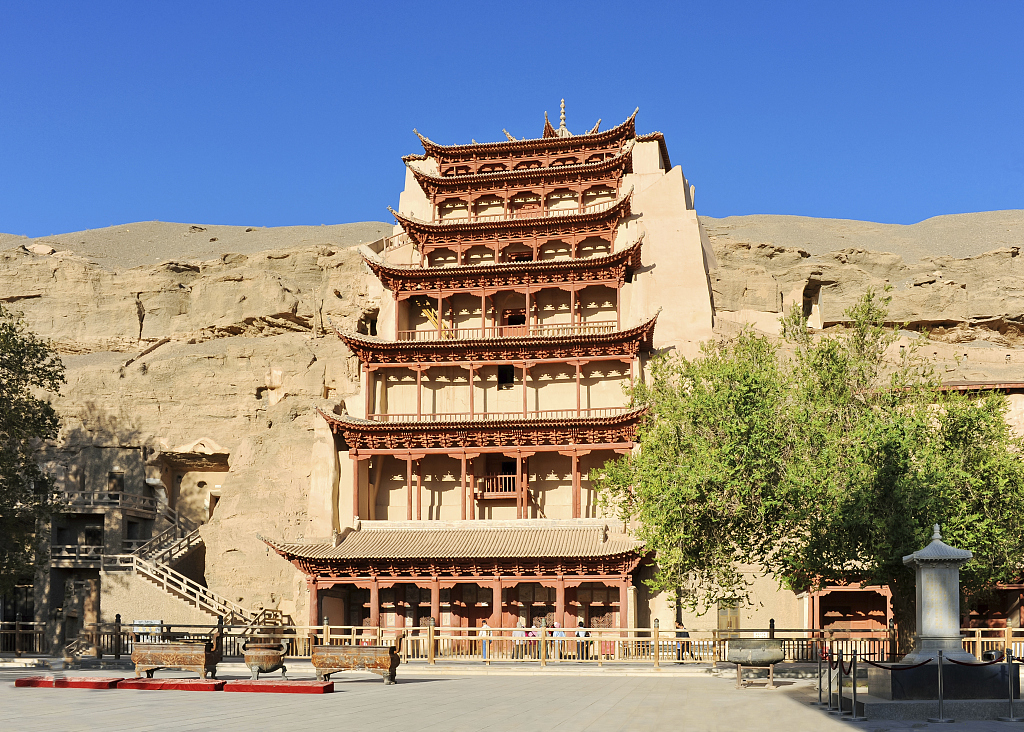【CGTN】夏璐等:Leadership,strategic capability and Chinese Modernization
发布时间:2023-03-14China's State Council unveiled a plan to reform its institutions on March 7 in one of the most significant events at this year's Two Sessions. The plan was then submitted to the first session of the 14th National People's Congress (NPC) for deliberation in accordance with legal procedure.
When explaining the plan to NPC deputies, State Councilor and Secretary-General of the State Council Xiao Jie said the institutional reform would involve restructuring, optimization and adjustment of the responsibilities of key organs such as science and technology, financial regulation, data governance, rural revitalization, intellectual property rights management and elderly care.
It is noticeable that the official announcement only included the reforms of State Council institutions, but in fact this round of reform is a comprehensive one involving both Party organs and governmental institutions, as was made clear in the second plenary session of the 20th Central Committee of the Communist Party of China (CPC) immediately before the Two Sessions.
We may not know the full picture of the comprehensive reform in detail yet, but with the available information we can argue that it will be conducted according to the following principles:
First, the main theme is to consolidate the unifying and centralizing leadership of the Party, particularly in key fields like science and technology and Party-building work in non-public economic organizations.
Second, the mission is to prevent risks and preserve safety, particularly in establishing an authoritative and effective national security leading mechanism.
Third, the major goal is to optimize and improve governmental function and law-based governance in order to meet the requirements of modernization and support the Chinese style of modernization.
Historical review of the institutional reforms since 1978 can help us understand the consistent underlying logic. It could be argued that all nine rounds of institutional reforms have one key commonality, which is the improvement and upgrading of the state governing systems and capabilities.
Among all the capabilities, the most important is perhaps the strategic capabilities, with which the CPC and Chinese government can hold advantages in making forward-looking policies in certain fields and areas. And it is under the unifying, centralizing and strong leadership of the CPC that these capabilities can function better. In fact, the leadership of the CPC has served as the magic weapon in the final victory of the revolution, making it both a tradition and a unique advantage.
Why does China highlight unifying, centralizing and strong leadership so urgently? Perhaps it is because of the features and requirements of Chinese modernization.
Almost one month ago, the CPC held another important meeting, which was no less significant than the current ongoing Two Sessions. The newly elected members and alternative members of the 20th Central Committee of the CPC took part in a joint study session focusing on basic issues about Chinese modernization, the main theoretical innovation and the general comprehensive project of China set by the 20th CPC National Congress.
In opening remarks to this study session, President Xi Jinping, also general secretary of the CPC Central Committee, made it clear that the "Chinese style of modernization is socialist modernization led by the CPC, and it is the defining feature which is both general and fundamental."
Participants of this study session were all cadres above provincial level, and they make up the bulk of Chinese elites, known as the "critical few."
After the session, they all recognized that the Party's leadership has a direct bearing on the fundamental direction, future and destiny, and ultimately success of Chinese-style modernization, and that for the last century all of the Party's endeavor in uniting and leading the Chinese people was aimed at building China into a modern and powerful country and realizing the great rejuvenation of the Chinese nation.
The elites' unanimous recognition of the necessity of the Party leadership vividly attests to the effect of the leadership. What is more, Chinese-style modernization, deeply rooted in the excellent traditional Chinese culture, embodies the advanced essence of scientific socialism, draws on and absorbs all the achievements of a variety of human civilization, represents the development direction of human civilization and progress, and presents a new picture different from the Western modernization model.
In fact, China's modernization endeavor has attracted international academic attention ever since China launched its reform and opening-up policies. A result of this academic exploration is a book entitled "The Modernization of China" published in 1981, contributed to by a group of renowned scholars under the auspices of the Center of International Studies at Princeton University.
They view modernization as a process by which societies have been and are being transformed under the impact of scientific and technological revolution, but they also argue that both indigenous and exogenous factors contribute to the way in which modernization develops.
Though they focused on a common course, nature and approaches of modernization in comparative perspective, the scholars showed enough respect and attached enough importance to particular lessons drawn from modern China, of which the most significant was the indispensability of unifying and centralizing leadership and adequate state capabilities.







